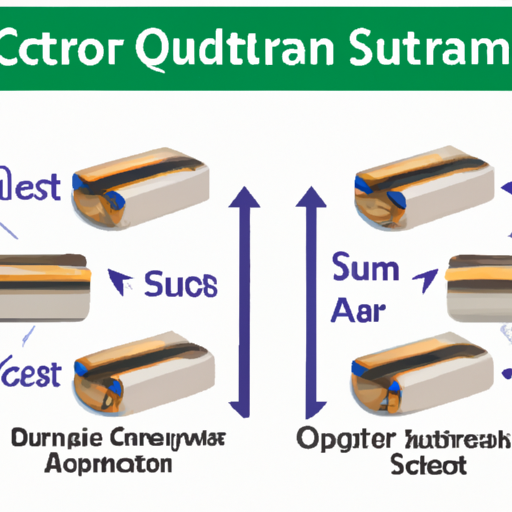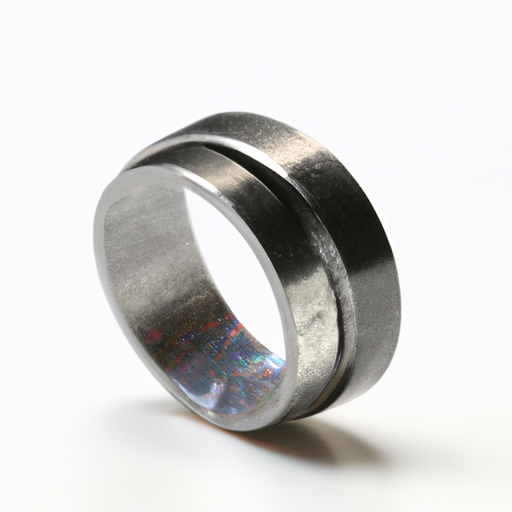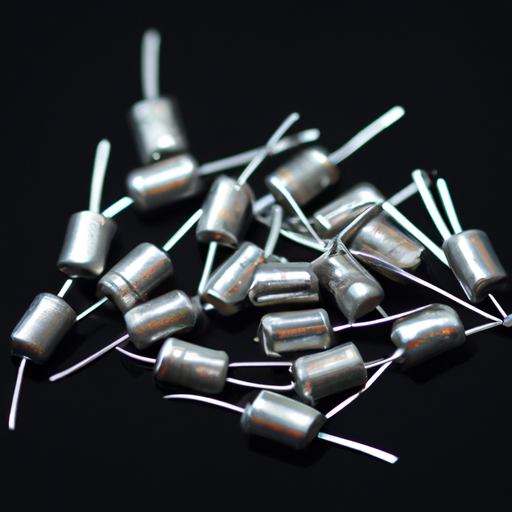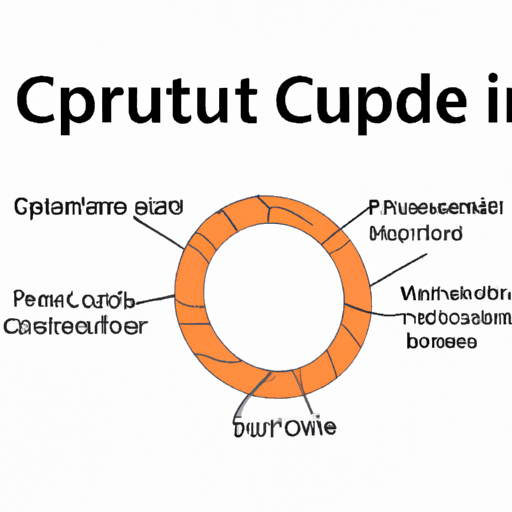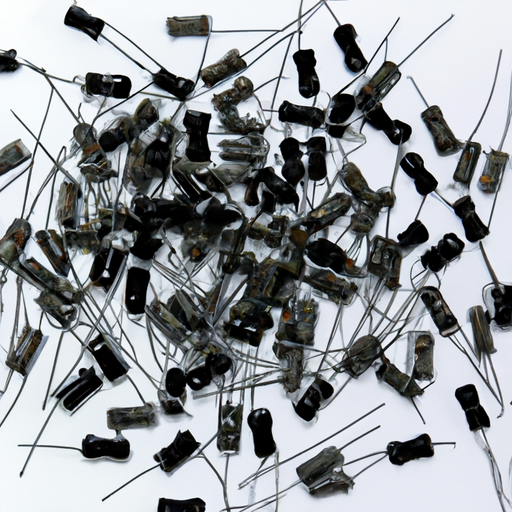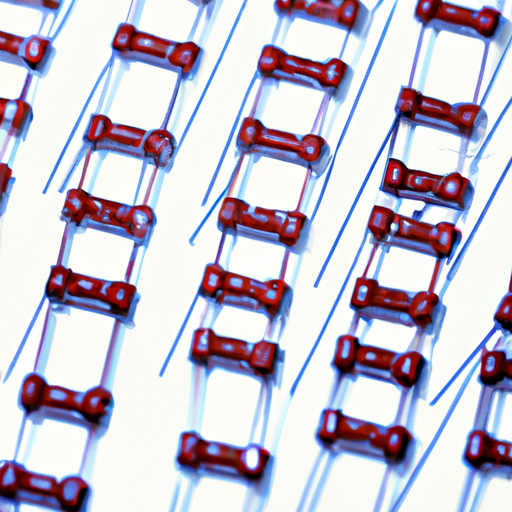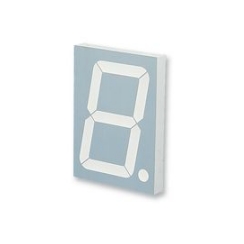What is the comparison difference between mainstream adjustable inductor models?
What is the Comparison Difference Between Mainstream Adjustable Inductor Models?
I. Introduction
A. Definition of Adjustable Inductors
Adjustable inductors are components in electronic circuits that allow for the modification of inductance values. They are essential in tuning circuits, filtering signals, and managing power in various applications. By adjusting the inductance, engineers can optimize circuit performance for specific requirements.
B. Importance of Adjustable Inductors in Electronics
In the realm of electronics, adjustable inductors play a crucial role in enhancing the functionality of devices. They are widely used in radio frequency (RF) applications, audio equipment, and power supplies, where precise control over inductance can significantly impact performance. The ability to fine-tune inductance values allows for better signal quality, improved efficiency, and adaptability to varying operational conditions.
C. Purpose of the Comparison
This blog post aims to compare mainstream adjustable inductor models, highlighting their specifications, performance, advantages, and disadvantages. By understanding the differences between these models, engineers and hobbyists can make informed decisions when selecting the right adjustable inductor for their projects.
II. Overview of Adjustable Inductor Models
A. Types of Adjustable Inductors
1. **Variable Inductors**: These inductors allow for continuous adjustment of inductance through mechanical means, such as a sliding core or a variable tap.
2. **Tapped Inductors**: Tapped inductors have multiple connection points along the coil, enabling discrete adjustments to inductance without the need for mechanical movement.
3. **Air-Core Inductors**: These inductors use air as the core material, providing low losses and high-frequency performance, making them suitable for RF applications.
4. **Ferrite-Core Inductors**: Ferrite-core inductors utilize ferrite materials to enhance inductance and efficiency, particularly in power supply applications.
B. Common Applications
1. **RF Circuits**: Adjustable inductors are vital in RF circuits for tuning and filtering signals, ensuring optimal performance in communication devices.
2. **Audio Equipment**: In audio applications, they help in equalization and signal processing, allowing for better sound quality and clarity.
3. **Power Supplies**: Adjustable inductors are used in power supplies to regulate voltage and current, improving efficiency and stability.
III. Key Specifications to Consider
When comparing adjustable inductor models, several key specifications should be taken into account:
A. Inductance Range
The inductance range indicates the minimum and maximum inductance values that can be achieved. A broader range allows for greater flexibility in circuit design.
B. Quality Factor (Q)
The quality factor (Q) measures the efficiency of the inductor. A higher Q indicates lower energy losses, which is crucial for high-frequency applications.
C. Current Rating
The current rating specifies the maximum current the inductor can handle without overheating or failing. This is particularly important in power applications.
D. Size and Form Factor
The physical dimensions of the inductor can impact its integration into a circuit. Smaller inductors are often preferred for compact designs.
E. Temperature Stability
Temperature stability refers to how well the inductor maintains its inductance value across varying temperatures. This is essential for applications in fluctuating environments.
F. Cost
Cost is always a consideration in component selection. The price of adjustable inductors can vary significantly based on specifications and manufacturer.
IV. Comparison of Popular Adjustable Inductor Models
A. Model A: Description and Specifications
Inductance Range: 1 µH to 100 µH
Q Factor: 150
Current Rating: 2 A
Applications: RF circuits, audio equipment
Model A is a versatile variable inductor known for its high Q factor, making it suitable for RF applications where efficiency is paramount.
B. Model B: Description and Specifications
Inductance Range: 10 µH to 1 mH
Q Factor: 100
Current Rating: 3 A
Applications: Power supplies, filtering
Model B features a tapped inductor design, providing discrete inductance adjustments. Its higher current rating makes it ideal for power supply applications.
C. Model C: Description and Specifications
Inductance Range: 5 µH to 50 µH
Q Factor: 200
Current Rating: 1.5 A
Applications: RF circuits, audio processing
Model C is an air-core inductor that excels in high-frequency applications due to its low losses and high Q factor.
D. Model D: Description and Specifications
Inductance Range: 20 µH to 500 µH
Q Factor: 80
Current Rating: 4 A
Applications: Power supplies, inductive loads
Model D is a ferrite-core inductor designed for power applications, offering a wide inductance range and high current handling capabilities.
V. Performance Analysis
A. Inductance Stability
Inductance stability varies among models. Air-core inductors like Model C tend to have better stability across temperature changes, while ferrite-core inductors may experience variations due to core material properties.
B. Efficiency in Different Applications
Model A and Model C are particularly efficient in RF applications due to their high Q factors. In contrast, Model B and Model D are better suited for power applications, where current handling is critical.
C. User Feedback and Reviews
User feedback often highlights Model C's performance in RF applications, while Model D receives praise for its reliability in power supply circuits. Model A is favored for its versatility, and Model B is noted for its ease of use in discrete applications.
D. Comparative Cost Analysis
Cost analysis reveals that air-core inductors (Model C) tend to be more expensive due to their specialized design, while tapped inductors (Model B) offer a more budget-friendly option for discrete adjustments.
VI. Advantages and Disadvantages of Each Model
A. Model A: Pros and Cons
Pros: High Q factor, versatile applications
Cons: Limited inductance range
B. Model B: Pros and Cons
Pros: Discrete adjustments, higher current rating
Cons: Lower Q factor
C. Model C: Pros and Cons
Pros: Excellent efficiency, high-frequency performance
Cons: Higher cost
D. Model D: Pros and Cons
Pros: High current rating, wide inductance range
Cons: Lower Q factor, potential for core losses
VII. Conclusion
A. Summary of Key Findings
In summary, adjustable inductors are vital components in various electronic applications. Each model offers unique specifications and performance characteristics, making them suitable for different use cases.
B. Recommendations for Selection
When selecting an adjustable inductor, consider the specific requirements of your application, including inductance range, current rating, and efficiency. For RF applications, prioritize high Q factors, while for power supplies, focus on current handling capabilities.
C. Future Trends in Adjustable Inductor Technology
As technology advances, we can expect improvements in adjustable inductor designs, including enhanced materials for better performance and miniaturization for compact applications. The ongoing demand for efficient and versatile components will drive innovation in this field.
VIII. References
- Academic Journals
- Manufacturer Specifications
- Industry Reports
- Online Resources
This comprehensive comparison of mainstream adjustable inductor models provides valuable insights for engineers and hobbyists alike, helping them navigate the complexities of selecting the right component for their electronic projects.

